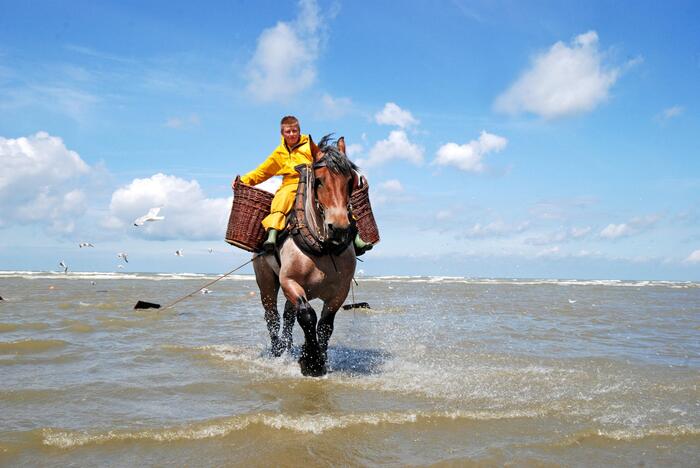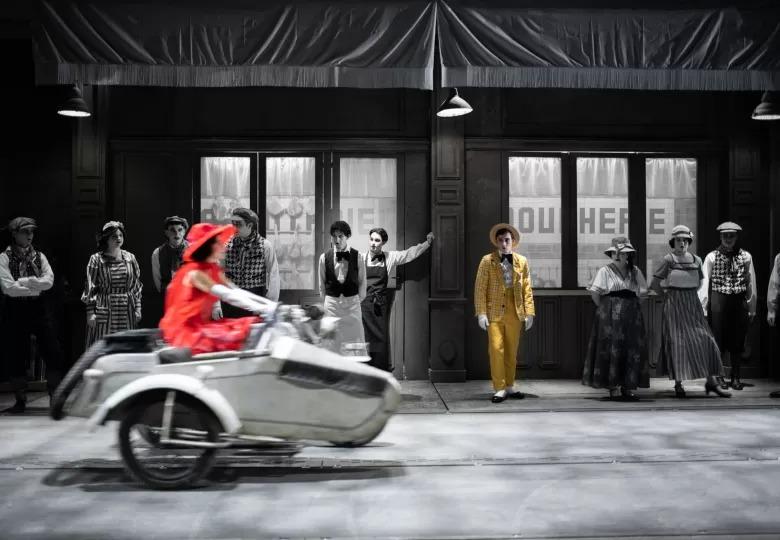Enlarge image
University of Exeter archaeologist Katherine Kanne with a jawbone found in Goltho, Lincolnshire
Photo: University of Exeter
Medieval war horses are often depicted as huge, powerful animals.
In truth, however, according to the modern definition, they would often just pass as ponies.
This is shown by a new study by the UK University of Exeter.
The horses bred for battle at that time were often less than 14.2 hand-widths (about 1.44 meters), the university announced on Monday.
Nowadays horses whose withers are less than 1.48 meters still count as ponies.
The image of the knight galloping on horseback may disturb the new knowledge.
For the benefit in combat, however, the size is not so important, believes the research team.
For the project published in the International Journal of Osteoarcheology, bones from 171 different English sites from the years 300 to 1650 were analyzed.
The group of archaeologists and historians came to the conclusion that the breeding of horses was not necessarily optimized for size, but also for behavior in tournaments or the endurance for long rides on campaigns.
The riders were hardly smaller than they are today
"Historical records give no precise criteria for what constitutes a war horse," reported the archaeologist Helene Benkert.
"Most likely, different shapes of horses were desired at different times during the Middle Ages, depending on changing combat tactics and cultural preferences."
According to the university, the images of medieval war horses in films and other media often appear to be the size of huge Shire horses, around 17 to 18 handspreads (1.73 to 1.83 meters) high.
But even in the heyday of the royal English stud farms in the 13th and 14th centuries, horses with a height of over 1.50 meters, which corresponds to modern light racehorses, would still have seemed very large to people.
This was the height of the largest horse found from the Norman period, the bones of which were recovered from Trowbridge Castle in Wiltshire. In the High Middle Ages between 1200 and 1350 the first horses appeared with around 16 hands width (almost 1.63 meters), but it was not until the modern era between 1500 and 1650 that the animals grew rapidly and finally came close to the size of modern warm-blooded animals and draft horses.
Even in relation to their riders, the horses of the Middle Ages probably looked small from today's perspective.
Because, according to research from Oxford University, people were hardly smaller than they are today.
It was only at the time of industrialization that the average body size initially decreased and then increased all the more rapidly from the late 19th century onwards.
It is said that the knight William Marshal, who served five different Anglo-Norman kings around 1200, measured more than six feet.
On horseback he would have to be careful that his feet didn't touch the ground.
ak









